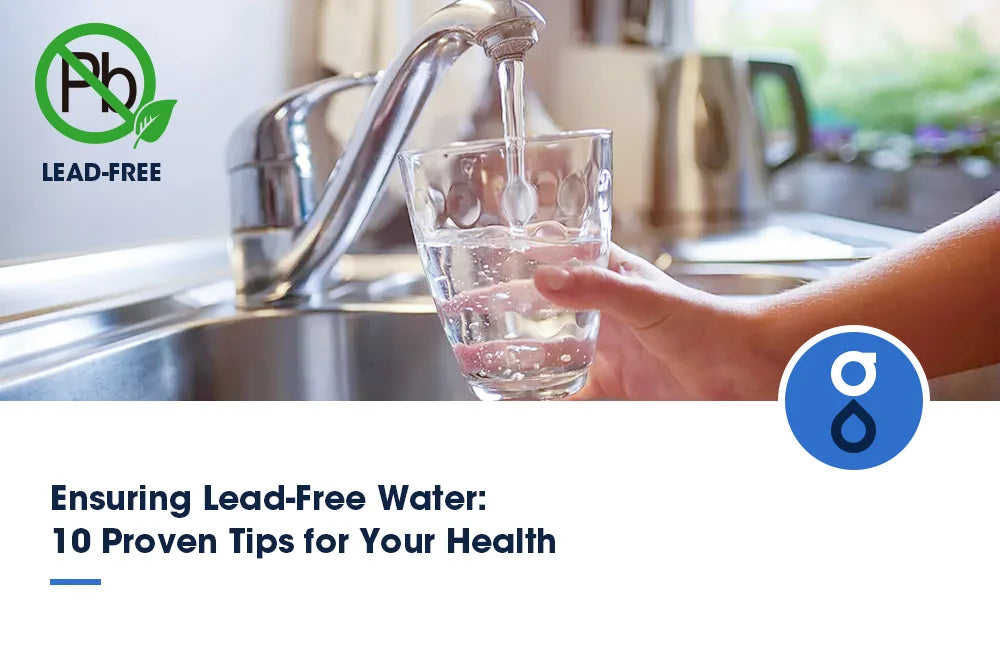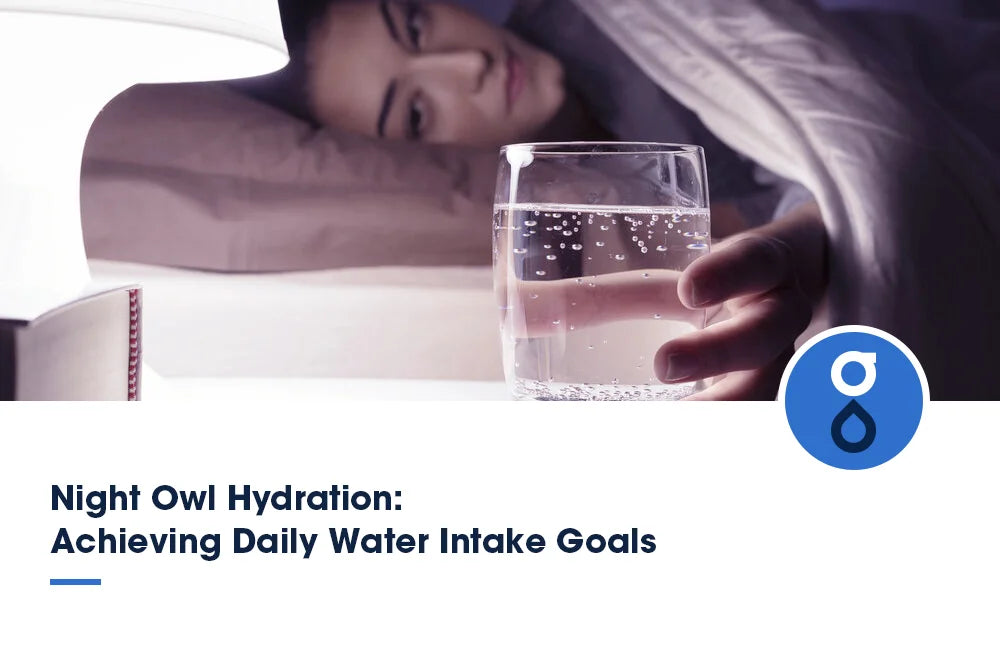Table of Contents:
What is Lead?
Health risks of lead may pose to the human body
10 proven tips for ensuring lead-free water
FAQs
Conclusion
Imagine a clear, sparkling glass of water glistening under the sunlight, promising refreshment and vitality. But what if that glass harbors hidden dangers, like lead contamination, that could silently harm your health? With ten proven tips, you can take control of your water quality and safeguard your well-being. From simple measures like conducting regular water testing to advocating for lead-free policies, each step is crucial in ensuring access to clean, lead-free water.
What is Lead?
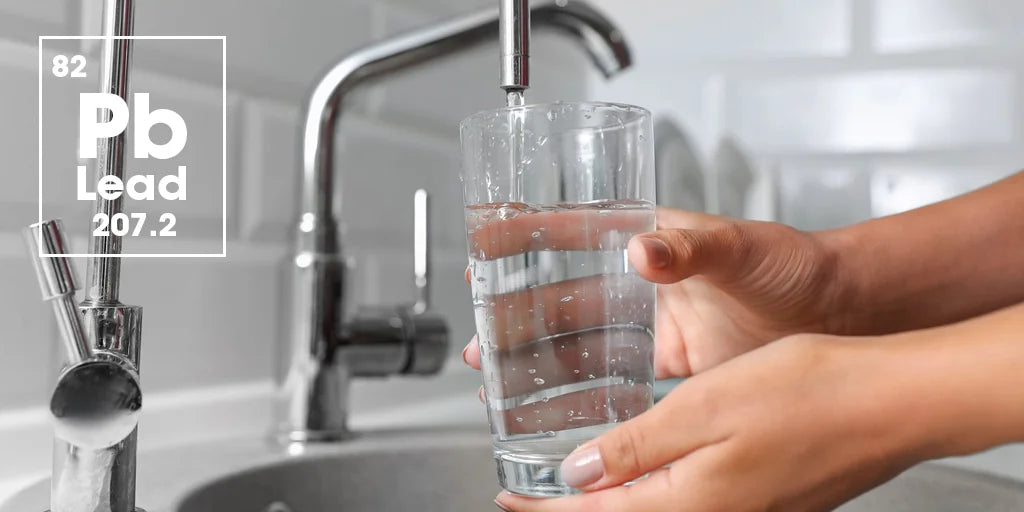
Lead is a toxic metal that can harm your health if ingested. It's a naturally occurring element that has been used in various industries, such as construction, batteries, and plumbing. One of the most common sources of lead exposure is drinking water from old pipes or plumbing fixtures containing lead.
When lead enters the body, it can accumulate over time and cause serious health problems. Even low levels of lead exposure can lead to issues like cognitive impairments, developmental delays in children, and high blood pressure in adults. It's hazardous for pregnant women, as it can affect the development of the fetus.
To protect yourself and your loved ones from the dangers of lead exposure, it's crucial to be aware of potential lead sources in your environment. Regularly test your water for lead, especially if you live in an older home. Additionally, consider using a certified water filtration system to remove lead. Taking these precautions can reduce the risk of lead poisoning and safeguard your health.
Health risks of lead may pose to the human body
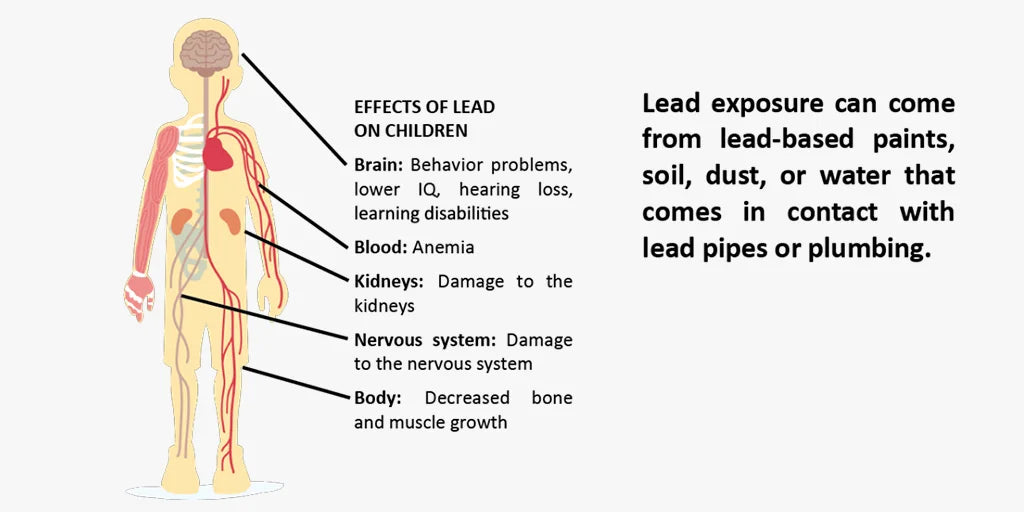
Lead exposure can harm the human body, impacting various aspects of health and well-being. Lead is a toxic metal that can enter the body through ingestion or inhalation, leading to serious health risks. Here are some health risks that lead may pose to your body:
- Neurological effects: Lead exposure can impair cognitive function, cause learning disabilities, and lead to behavioral problems.
- Cardiovascular issues: Lead can increase blood pressure, contribute to heart disease, and have adversely affect the cardiovascular system.
- Renal damage: Lead is known to cause kidney damage and dysfunction, leading to long-term health complications.
- Reproductive problems: Lead exposure can impact fertility and fetal development and increase the risk of miscarriages.
- Gastrointestinal symptoms: Ingesting lead-contaminated water can result in stomach pain, nausea, and vomiting, affecting your digestive system.
10 proven tips for ensuring lead-free water
Conduct regular water testing
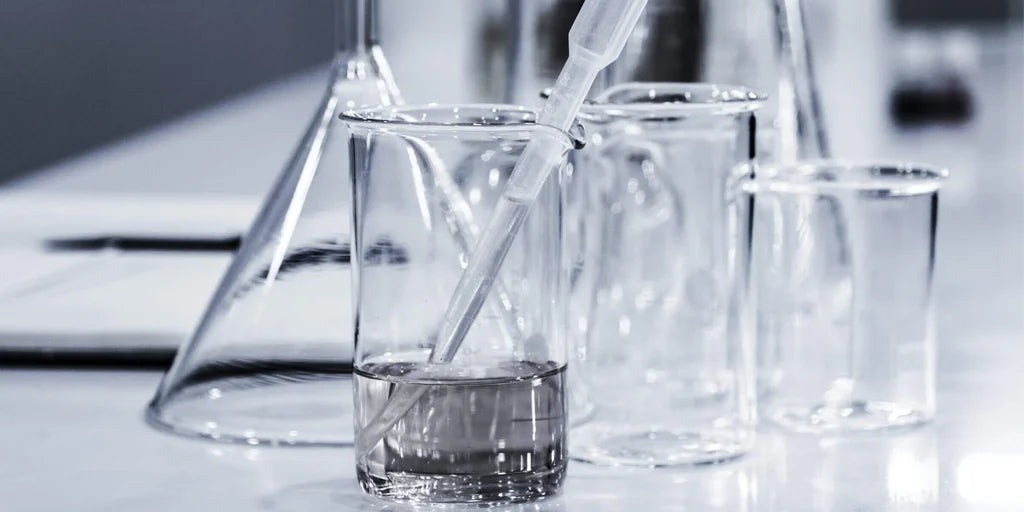
Regular water testing is essential to ensure it remains free from lead contamination. By conducting regular water testing, you can promptly identify any potential issues and take appropriate actions to safeguard your health. Here are some key points to consider:
- Schedule annual water quality tests to detect lead levels.
- Use certified laboratories for accurate results.
- Test water from both faucets and well sources.
- Consider testing after plumbing work or system changes.
- Stay informed about local water quality reports for additional insights.
Install a water filtration system
A quality water filtration system can help remove harmful contaminants like lead, ensuring that the water you and your family consume is safe. Look for certified filters to remove lead specifically, such as activated carbon filters or reverse osmosis systems. Before purchasing a water filtration system, test your water for lead levels to determine the most suitable filtration method for your needs.
To ensure optimal performance, regularly maintain and replace the filters as the manufacturer recommends. By investing in a water filtration system, you take a proactive step towards safeguarding your health from potential lead exposure.
Flush your pipes regularly
Regularly flushing your pipes is crucial in ensuring lead-free water in your home. This simple practice helps remove any stagnant water that may have absorbed lead from the pipes, ensuring your water is safe for consumption. To effectively flush your pipes, follow these tips:
- Flush each faucet for at least 5 minutes: Running the water for an extended period helps clear out any lead particles.
- Start with the cold water: Flushing out the cold water taps as they're more likely to contain lead.
- Flush the shower and bathtub: Remeber to run the water in these fixtures to eliminate standing water.
- Consider installing a point-of-use filter: This additional step can further reduce lead levels in your water.
- Set a flushing schedule: Establish a routine for flushing your pipes to maintain lead-free water quality.
Use cold water for drinking and cooking
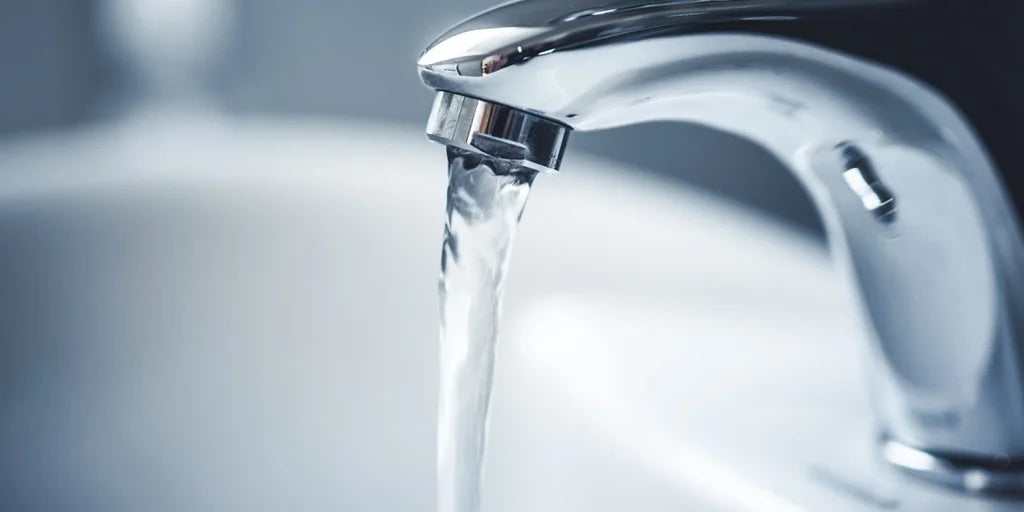
When aiming to ensure lead-free water for drinking and cooking, prioritize the use of cold water. Cold water is less likely to leach lead from pipes and fixtures than hot water. Using hot water, especially for cooking or drinking, can increase the chances of lead contamination. Therefore, make it a habit always to use cold water for consumption purposes.
Opt for cold water, whether you're filling up a glass of water, preparing a meal, or making coffee or tea. By doing so, you can significantly reduce the risk of lead exposure and safeguard your health and the health of your loved ones. Stay safe by using cold water for all your drinking and cooking needs.
Replace lead pipes and fixtures
To ensure lead-free water, a crucial step is replacing any lead pipes and fixtures in your plumbing system that could contaminate your water supply. Lead pipes and fixtures are common sources of lead contamination in drinking water, so it's important to address this issue promptly. Here are some tips to help you with this process:
- Consult a professional plumber: Seek expert advice on identifying and replacing lead pipes and fixtures.
- Consider a complete pipe replacement: In some cases, it may be necessary to replace all lead pipes to eliminate the risk.
- Use lead-free materials: Opt for lead-free plumbing when replacing pipes and fixtures.
- Regularly check for corrosion: Monitor your plumbing system for any signs of corrosion that could release lead into the water.
- Test your water: After replacing lead pipes, test your water periodically to ensure it remains lead-free.
Educate yourself on lead exposure
Educate yourself on lead exposure to equip yourself with the knowledge needed to ensure lead-free water in your home. Lead exposure can occur through old lead pipes, fixtures, and plumbing materials. Understanding how lead enters your water supply and the health risks associated with lead contamination is crucial.
Be aware of the symptoms of lead poisoning, especially in children, as they're more vulnerable to its harmful effects. Stay informed about the potential sources of lead in your plumbing system and the steps you can take to mitigate the risks.
Consider point-of-use filters
Consider using point-of-use filters as a reliable method to ensure lead-free water in your home. Glacier Fresh Countertop Filter System effectively remove lead particles from your drinking water, providing a safer and healthier option. Here are some key benefits of using point-of-use filters:
- Easy installation and maintenance.
- Affordable compared to whole-house filtration systems.
- Available in various types to suit your needs.
- Can be installed on specific faucets or water sources.
- Provide an additional layer of protection against lead contamination.
Opt for lead-free faucets and fixtures
Opting for lead-free faucets and fixtures is crucial in ensuring your water remains free from harmful contaminants like lead. When selecting faucets and fixtures for your home, prioritize those labeled 'lead-free' to minimize the risk of lead leaching into your water supply.
Look for products certified to meet NSF/ANSI standards for lead content, such as NSF/ANSI 61 or NSF/ANSI 372. Additionally, consider choosing faucets and fixtures made from alternative materials like stainless steel, ceramic, or brass, which are less likely to contain lead.
Stay informed on water quality reports
Staying informed on water quality reports is essential to ensure your water remains lead-free. By keeping up-to-date with the following tips, you can take proactive steps to safeguard your health:
- Regularly check water quality reports: Stay informed about any lead levels in your water supply.
- Understand your water sources: Know where your water comes from and potential contamination risks.
- Consult with local authorities: Contact local agencies responsible for water quality for detailed information.
- Consider independent water testing: Conduct your water tests periodically for added peace of mind.
- Stay alert to any water advisories: Be vigilant about any alerts or advisories regarding your water quality.
Advocate for lead-free policies

Advocating for lead-free policies is crucial in ensuring the safety of your water supply. By actively supporting and promoting policies that aim to reduce or eliminate lead contamination in water systems, you can significantly impact the quality of your drinking water. Encouraging local government officials, community leaders, and water utility companies to prioritize lead-free initiatives can improve regulations, infrastructure upgrades, and increased testing for lead levels.
Participating in advocacy groups focused on water quality issues can amplify your voice and push for stricter guidelines and enforcement mechanisms. Your advocacy efforts can help create a healthier environment for you, your family, and your community by reducing the risk of lead exposure through the water you consume.
FAQs
What are some common sources of lead contamination in water?
Lead contamination in water can come from old pipes, fixtures, or solder. Regularly test and replace plumbing components. Use cold water for drinking and cooking, as hot water can leach more lead. Consider installing a water filter.
Can lead exposure through water have a different impact on children versus adults?
Lead exposure through water can impact children more severely than adults due to their developing bodies. Children absorb more lead and can suffer long-term effects on their growth, behavior, and cognitive abilities. It's crucial to address this issue promptly.
Conclusion
In conclusion, ensuring lead-free water is crucial for your health. By following these ten proven tips, you can reduce the risks associated with lead exposure and protect yourself and your loved ones. Remember to stay informed, regularly test your water, and take action to address any potential issues. Your health is worth the effort to ensure clean and safe drinking water.













